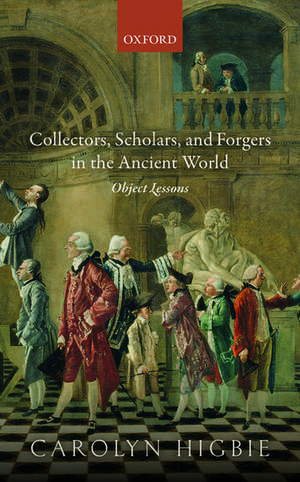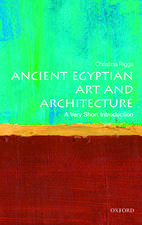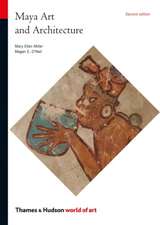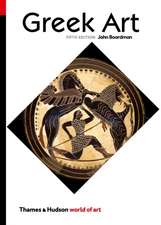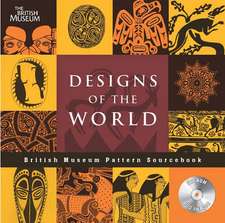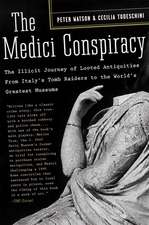Collectors, Scholars, and Forgers in the Ancient World: Object Lessons
Autor Carolyn Higbieen Limba Engleză Hardback – 2 feb 2017
Preț: 597.94 lei
Preț vechi: 858.30 lei
-30% Nou
Puncte Express: 897
Preț estimativ în valută:
114.42€ • 120.32$ • 94.54£
114.42€ • 120.32$ • 94.54£
Carte disponibilă
Livrare economică 17-22 martie
Preluare comenzi: 021 569.72.76
Specificații
ISBN-13: 9780198759300
ISBN-10: 0198759304
Pagini: 304
Ilustrații: 8 colour plates and 33 black and white illustrations
Dimensiuni: 141 x 223 x 23 mm
Greutate: 0.49 kg
Editura: OUP OXFORD
Colecția OUP Oxford
Locul publicării:Oxford, United Kingdom
ISBN-10: 0198759304
Pagini: 304
Ilustrații: 8 colour plates and 33 black and white illustrations
Dimensiuni: 141 x 223 x 23 mm
Greutate: 0.49 kg
Editura: OUP OXFORD
Colecția OUP Oxford
Locul publicării:Oxford, United Kingdom
Recenzii
Higbie's monograph provides a useful introduction to the topics listed in its title and gives readers a wide range of ancient materials to begin their study of this subject. ... since determining what is 'fake' and what is not has a newfound modern resonance, studies such as Higbie's-which focus on how another culture tried to, or sometimes chose not to, answer that same question-can only help us along the way
Carolyn Higbie's insightful new book explores the strange complicity between cultures of collecting, fakery and scholarship primariliy in Greco-Roman antiquity... Higbie's book meticulously collects a wealth of material and assesses it with sophistication and subtlety.
impressive researches
Carolyn Higbie's insightful new book explores the strange complicity between cultures of collecting, fakery and scholarship primariliy in Greco-Roman antiquity... Higbie's book meticulously collects a wealth of material and assesses it with sophistication and subtlety.
impressive researches
Notă biografică
Carolyn Higbie is Park Professor of Classics at the University at Buffalo, where she has taught since 1999. She has previously held teaching positions at Harvard University and Southern Illinois University at Carbondale as well as being named a Fellow of the Humanities Institute of the University at Buffalo in 2011-12 and Fellow at the National Center for the Humanities in 2003-04. Her previous publications include The Lindian Chronicle and the Greek Recreation of their Past (OUP, 2003), Heroes' Names, Homeric Identities (Garland, 1995), and Measure and Music: Enjambement and Sentence Structure in the Iliad (OUP, 1990).
